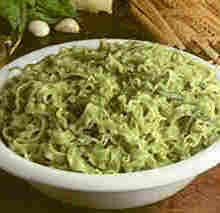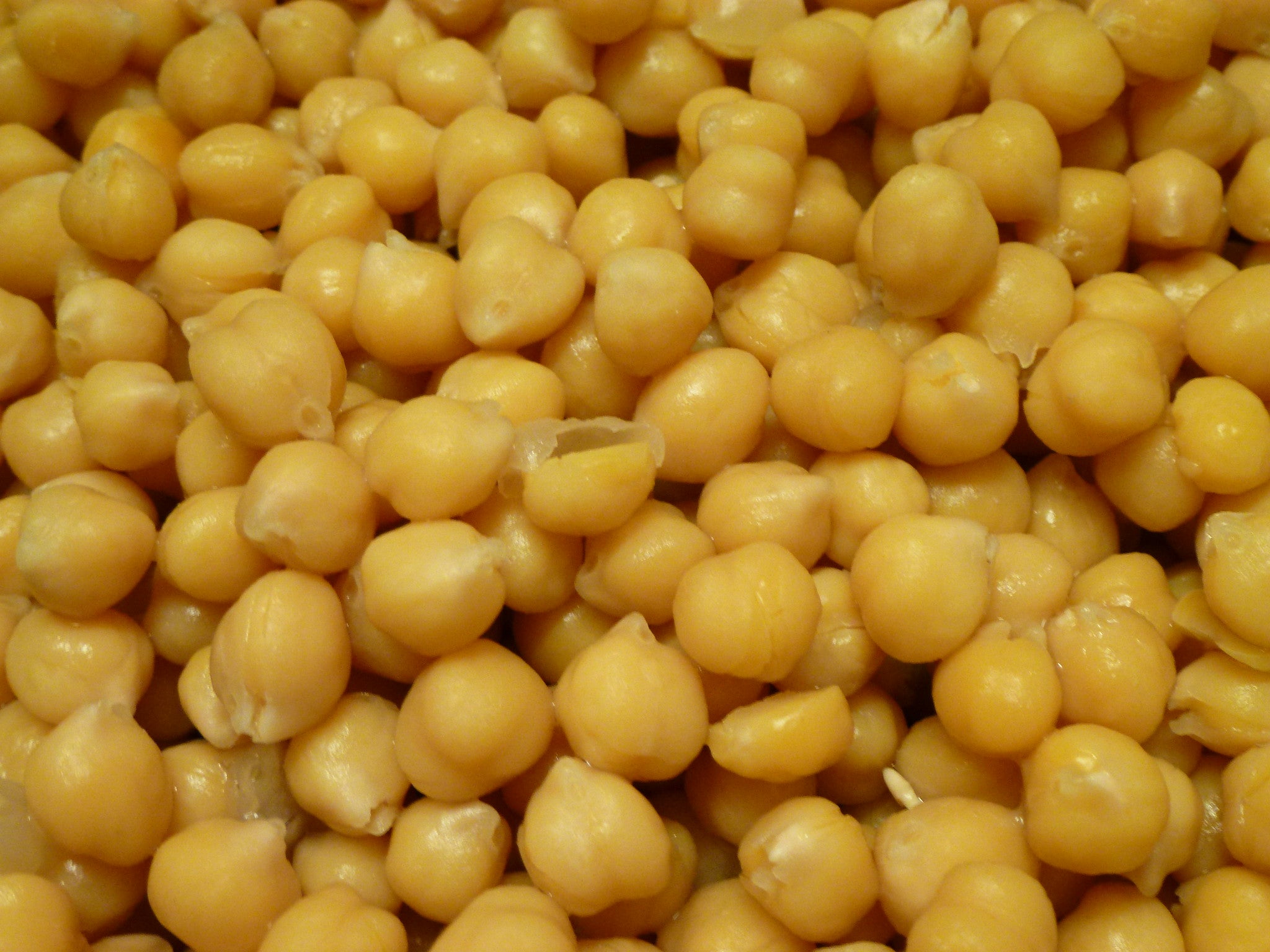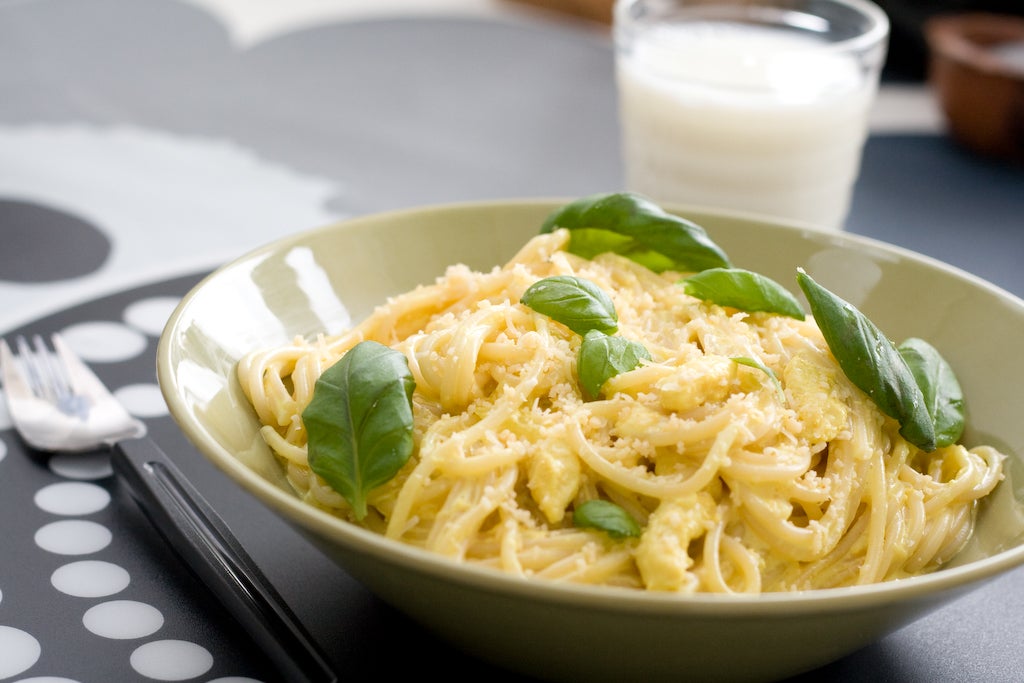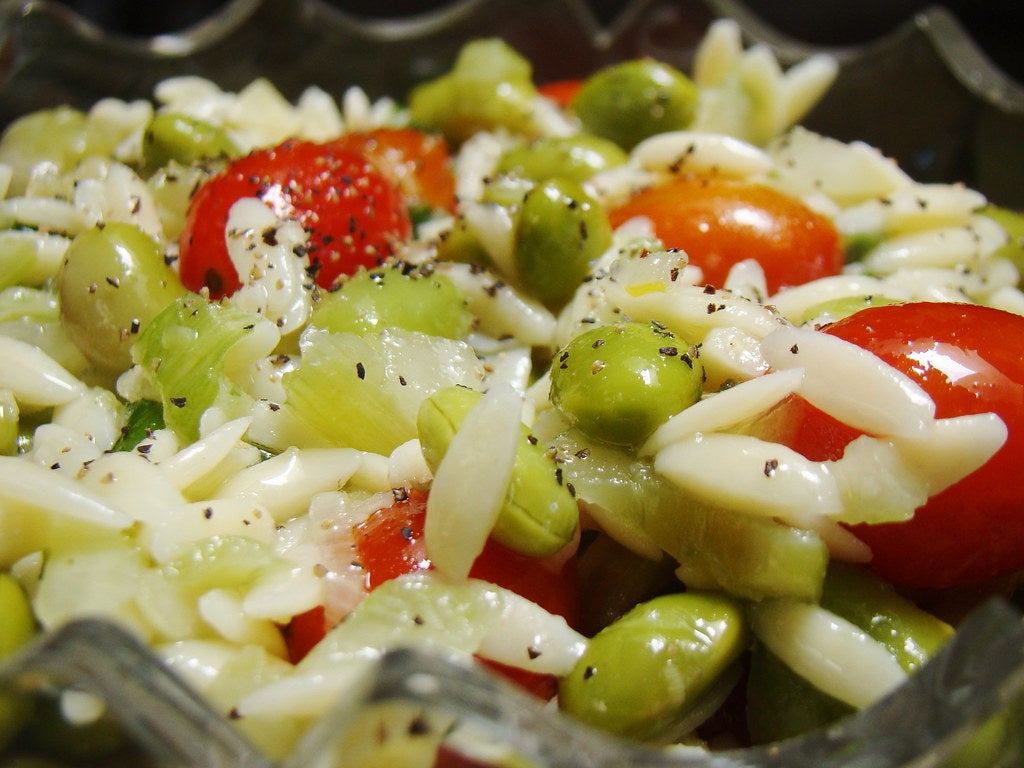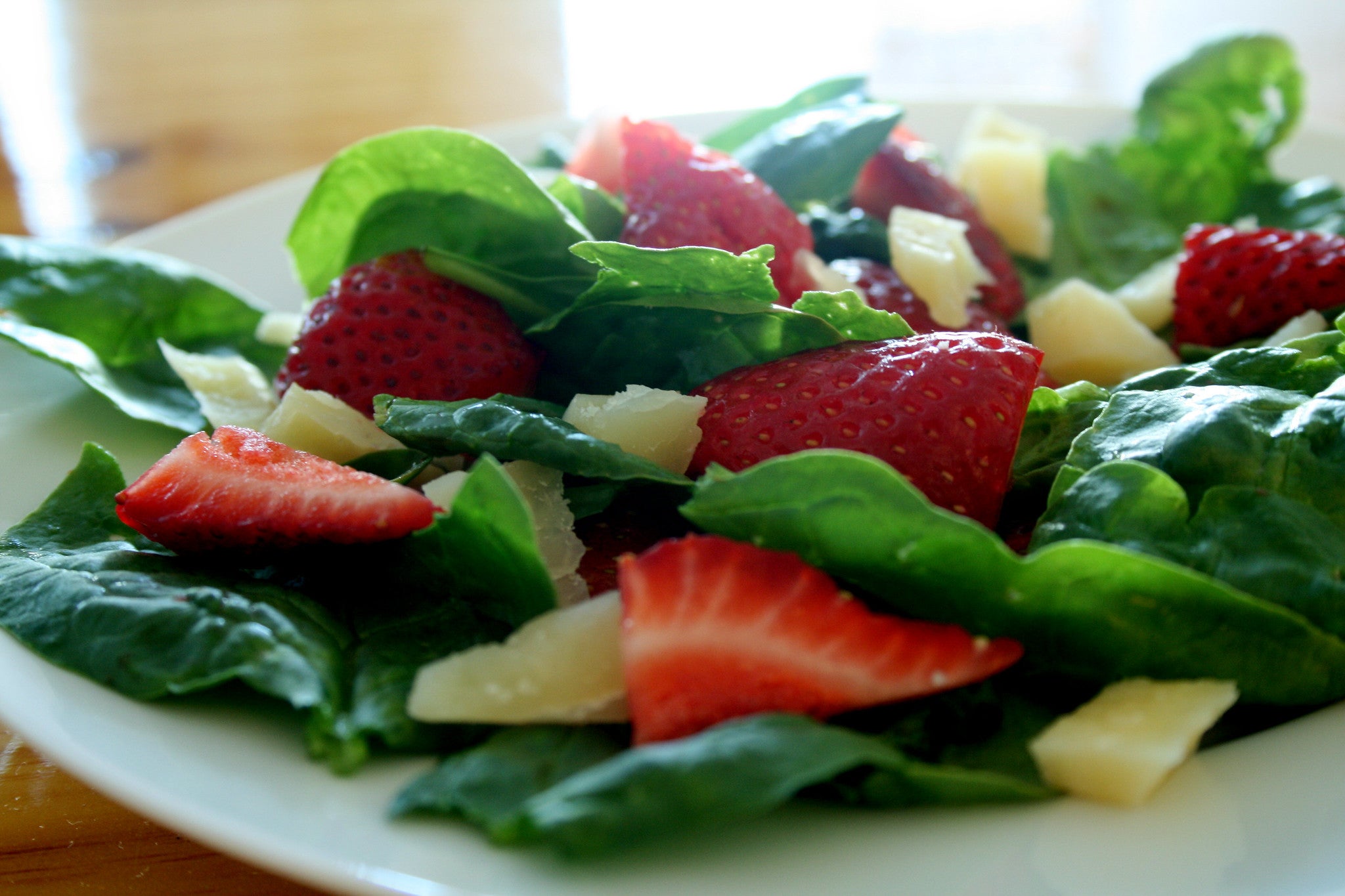On a recent episode of Zorba Paster on Your Health a listener called in who loved pesto, but was concerned about his son’s peanut allergy and the pinenuts in the pesto. Thanks to Andrea from Fenton, MO, for an alternative pesto recepie. Maybe the caller can have his pesto and eat it too!
Dr. Paster,
I was shocked – SHOCKED – that you did not make a suggestion to the gentleman who called regarding his son’s nut allergy and inquired if pinenuts may be dangerous to his son. I couldn’t believe you did not suggest this family grow their own basil and make their own pesto!
News with a little more humanity
WPR’s “Wisconsin Today” newsletter keeps you connected to the state you love without feeling overwhelmed. No paywall. No agenda. No corporate filter.
For the last couple of years, we have grown our own basil – I prefer Genovese basil – which we use to make pesto galore. If we have pinenuts on hand, I use them. However I certainly do not allow a lack of pinenuts to stop my pesto addiction. In fact, from one plant we typically put up enough pesto during the summer to last our small family well into early Spring.
It’s quick and easy. Please share this information — if you will — so that this family and others may benefit from making their own healthy and delicious pesto!
- 2 cups Fresh Basil
- 1 tsp. salt
- 1/2 tsp. freshly ground pepper
- 1 – 2 tsp. finely chopped garlic
- 2 Tbsp. chopped pinenuts
- 1 – 1 1/2 cups olive oil
- 1/2 cup grated Parmesan
Optional:
Could be made with 1 cup Basil and 1 cup Italian Parsley
I usually make my pesto by stuffing as much basil as I have patience to cut, wash and blot into my blender. This is probably because I find it difficult to measure “2 cups basil” using freshly cut basil leaves.
I add a few pinches of kosher salt, a few grinds of fresh black pepper and two to three cloves of minced garlic. I pour olive oil, maybe one cup, into the blender and blend away. Add more or less olive oil to adjust the consistency – a paste makes a great pizza base and a sauce is fantastic for dipping bread.
If I have pinenuts I add them before blending. Pinenuts are an indulgence and typically I forego the pinenuts for the large quantity of pesto we make over the course of the Summer. I add grated parmigiano reggiano and then adjust all ingredients to taste.
I find this method more organic, like Grandma used to make, than measuring cups and spoons, but the recipe got me started.
This recipe freezes very well. I recently learned a tip that after the pesto goes into the container for freezing, a little bit of olive oil added on the top keeps the surface pesto from darkening. I’ll be trying this tip out. Homemade pesto from the garden in January is delicious.
I truly hope others find the recipe useful and realize just how easy it is to have fresh pesto that can be adjusted to meet most dietary needs.
Andrea
Wisconsin Public Radio, © Copyright 2026, Board of Regents of the University of Wisconsin System and Wisconsin Educational Communications Board.
